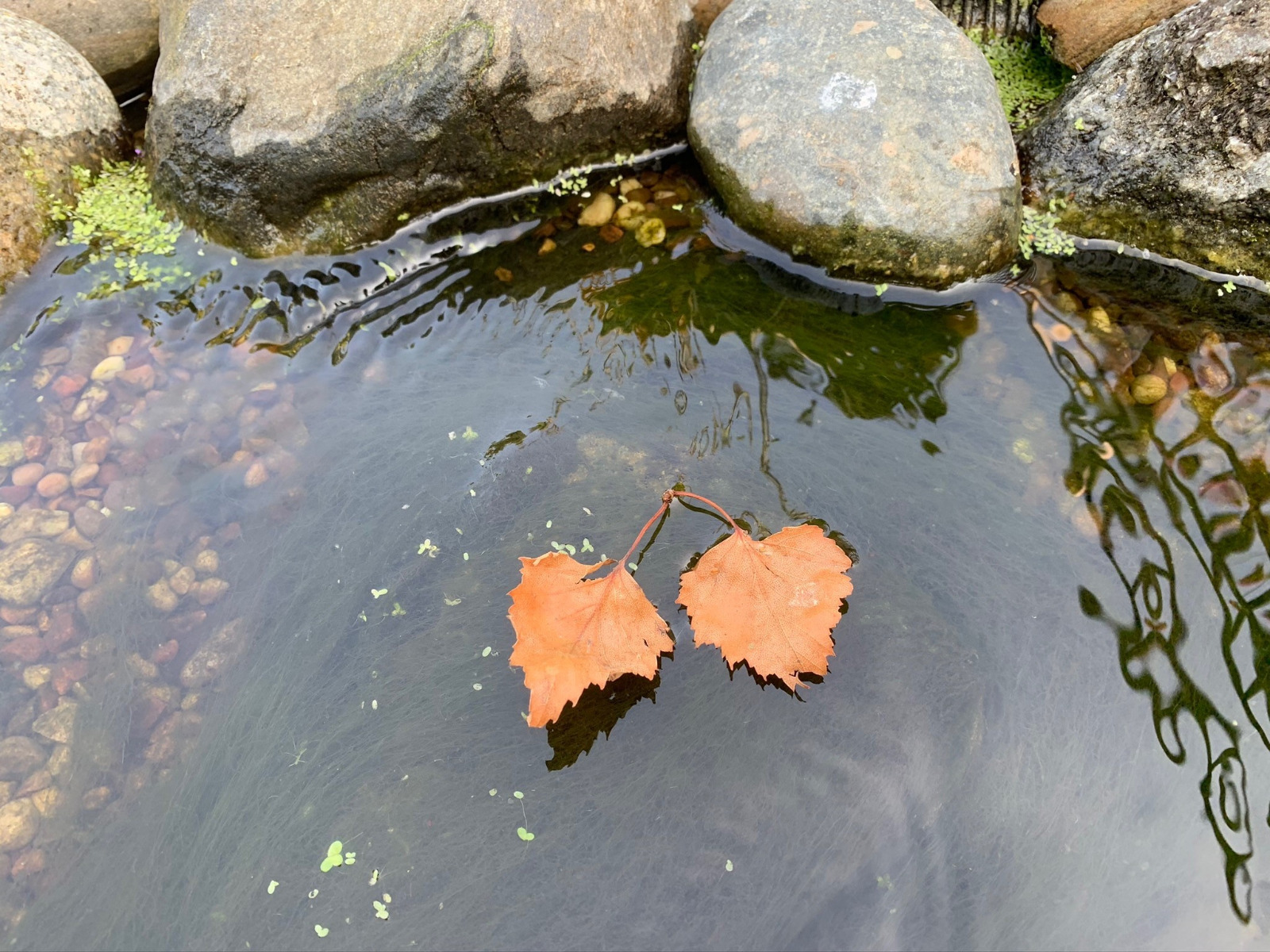Falling into Good Habits - Autumn Pond Care
Feed your fishes generously to prepare them for the cooler weather – you can still grab a two for one deal on our pond fish food.
Switch to a winter diet to enable digestion at the lower temperatures the next few months will bring. This way fish can be fed whenever they are hungry without fear of any side-effects
Add new fish to give them plenty of chance to settle and enjoy higher water temperatures before things start to cool.
To ensure conditions in the pond are optimal for your fish, check Carbonate hardness with a test kit and buffer if necessary. Rainfall and biological processes will diminish mineral content and most fish are happiest at values of 10dKh or above. A low dose of pond salt is also a good general tonic which bolsters the fish and suppresses any background parasites.
Consider treating your pond for parasite or bacterial issues while the fish’s immune systems are in full working order. Neither medications nor fish are at their best in cold conditions.
With trees getting ready to drop their leaves, a pond cover net positioned before the end of the month can catch a lot of debris that can fuel next year’s algae growth. A skimming net can be used to remove leaves that evade the cover net. Start providing drinking water for wildlife that may be excluded from a netted pond.
Look out for young herons taking advantage of the easy pickings provided by most garden ponds. This year’s young are now on the wing and looking for the most efficient ways to feed. Colourful fish in clear water are the heron equivalent of a bird table, so who can blame them? A range of deterrents are available to suit most gardens, including electric fencing and the old favourite plastic decoys, which are great if you’ve a strong throwing arm and a good aim…
Forget spring cleaning, this is the best time of year to give your pond an overhaul. It’s not too cold yet and the life cycles of fish and wildlife are at a point where serious disturbance can be avoided. If you don’t fancy playing in the mud, a pond vacuum will help with sludge removal while keeping you clean and dry. little and often vacuuming can save a lot of work with hands-on cleaning. With large fish in the pond it also reduces the loading on the filtration. For the seasonal clean-outs there’s nothing to match the convenience.
Cut back leaves and stems of pond plants as they die back above and below the water. Oxygenating plants can also be thinned out and tender plants such as Cannas should be prepared for winter by storing them damp in a frost-free shed or outhouse.
As with any herbaceous perennials, this is a great time to pick up a bargain and introduce new plants to the pond. They may be starting to look a little tired but marginals and lilies added now will be far larger than new ‘fresh from the nursery’ stock when spring comes around. Add the fact that they’re seasonally reduced and it’s hard to ignore the logic, especially if you repot them now to save the bother in early spring.
Continue the war on algae. The more nutrients that can be removed from your pond the better and reducing the biomass of blanketweed is key to this. Whether it overwinters or breaks down to release these nutrients, short-circuiting this process is vital. Add this fertile stuff to the compost heap after checking that small creatures such as insect larvae and young newts have had the chance to escape.



